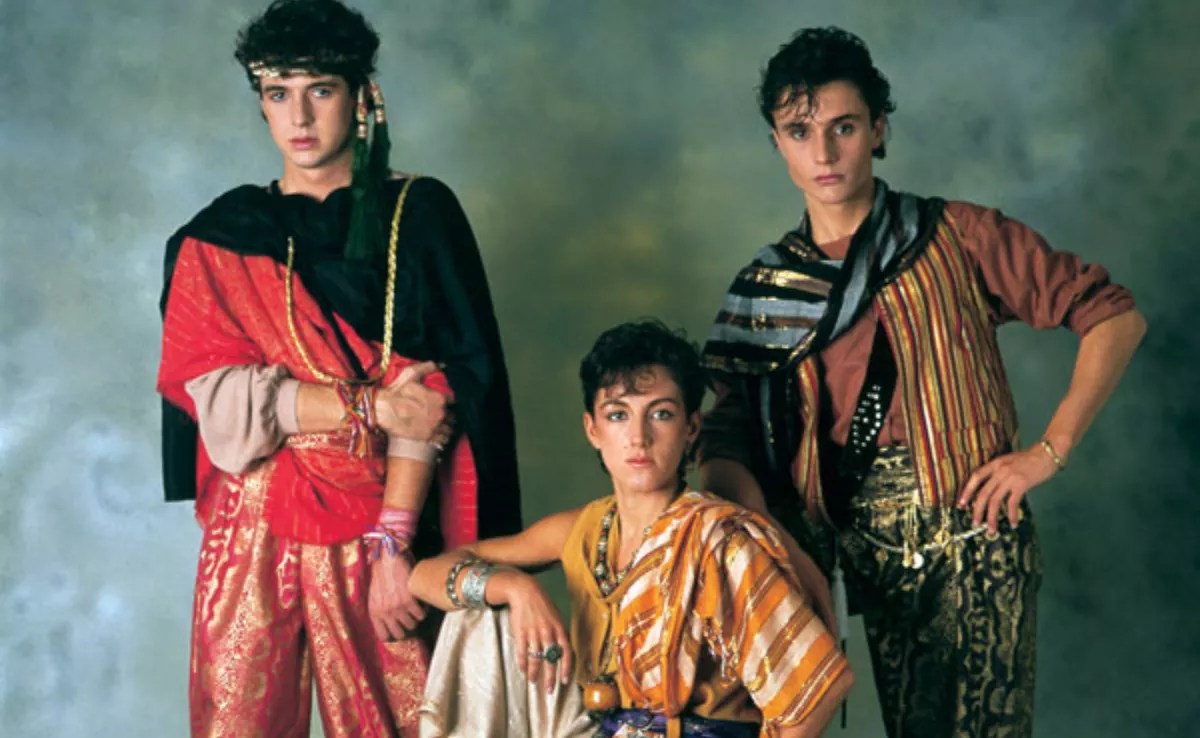The defense of Thomas Handrick, the German citizen who allegedly killed his wife and one of his children in a cave in Adeje, in the south of Tenerife, splitting their skulls with a large stone, presented this Monday in the jury trial the report of an expert that points out that death could have been instantaneous.
The Police assure that they found the accused of the double sexist crime of Adeje with a “cold and distant attitude” after the events
Know more
On the contrary, the forensic doctors who carried out the autopsies have pointed out the possibility that the two victims still lived for a few minutes, despite the fact that the “appalling” head injury they suffered when they were attacked, supposedly with an 8.5 kilo stone, was necessarily deadly. That aggression undoubtedly generated great physical suffering for the mother and the ten-year-old child, but the psychological suffering, the “terror” they experienced when being attacked by such a close relative, according to forensic experts, may even be worse.
In the fifth session of this trial, in which the prosecution requests reviewable permanent prison for the accused, Óscar Pérez Hernández appeared first, a forensic doctor who attended the removal of the bodies of Silvia and Jacob in the cave where the family of excursion on April 23, 2019, in which they were killed, while the second son, 7 years old, managed to escape and ask for help.
Pérez Hernández examined Thomas Handrick two days after the events and reported that the alleged murderer suffered from chronic pain due to a herniated disc and that he commented that the injuries he presented were because he had fallen on the way to the cave.
The coroner, however, has testified that these injuries, including bruises on the right cheekbone and hand, are more compatible with those that the defense or struggle with another person may have produced than with an accidental fall.
In fact, according to the testimony of coroners Francisco Javier González, Ángel Luis Pérez and Raquel Martínez, both the wife and the murdered son also had injuries that would show that they tried to defend themselves from the attack.
The boy’s body had a “huge hole” in the skull, a fracture on the left side through which part of the brain mass was spilled, and bone fragments were collected next to the body. But he also had bruises on his face, forehead and right ear area, as well as wounds on his forearms, hands and shoulder.
Forensics have concluded that the boy tried to stop the aggression and finally fell to the ground in the cave, where he adopted a fetal position as a last defense position, at which point he received one or more fatal blows with a stone and his skull was crushed. .
Forensics also believe that “there was some survival,” perhaps a few minutes, after the skull fracture, because the child was bloodless and had pulmonary edema, indicating that he maintained vital signs.
The forensic experts cannot determine if the son or the mother died before, but they have concluded that her aggression began outside the cave and ended inside, where she was face down with her skull broken in the area of the crown, so He was hit from above and from behind. Bone remains lodged inside the head were located and he also had a maxillofacial fracture.
The woman also had previous blows that indicate that she tried to defend herself, strands of hair were collected outside the cave, where she had already bled, and before the final attack she received blows on the left side of the face, at the height of the pinna. He also had a blow to the lip and a broken incisor.
The injuries were “very painful”, but when speaking of cruelty, forensic experts also refer to mental suffering, to the “terror” suffered by someone who is attacked by a close relative, which when there is survival can take longer to heal than the wounds themselves, said coroner Francisco Javier González.
For the defense, José Antonio Álvarez appeared as an expert witness, who confirmed in his expert report that the accused had an operated herniated disc and a prosthesis, an injury that causes constant neurological pain and limits his movements, he also takes opiate medications and for depression .
“It is surprising” that with these pathologies and such intense pain he could maintain an intense struggle; “From the medical point of view it is difficult to understand,” the expert indicated.
He also pointed out that it is possible that Silvia’s death was instantaneous and that she was already unconscious when she died from the last blow.
















